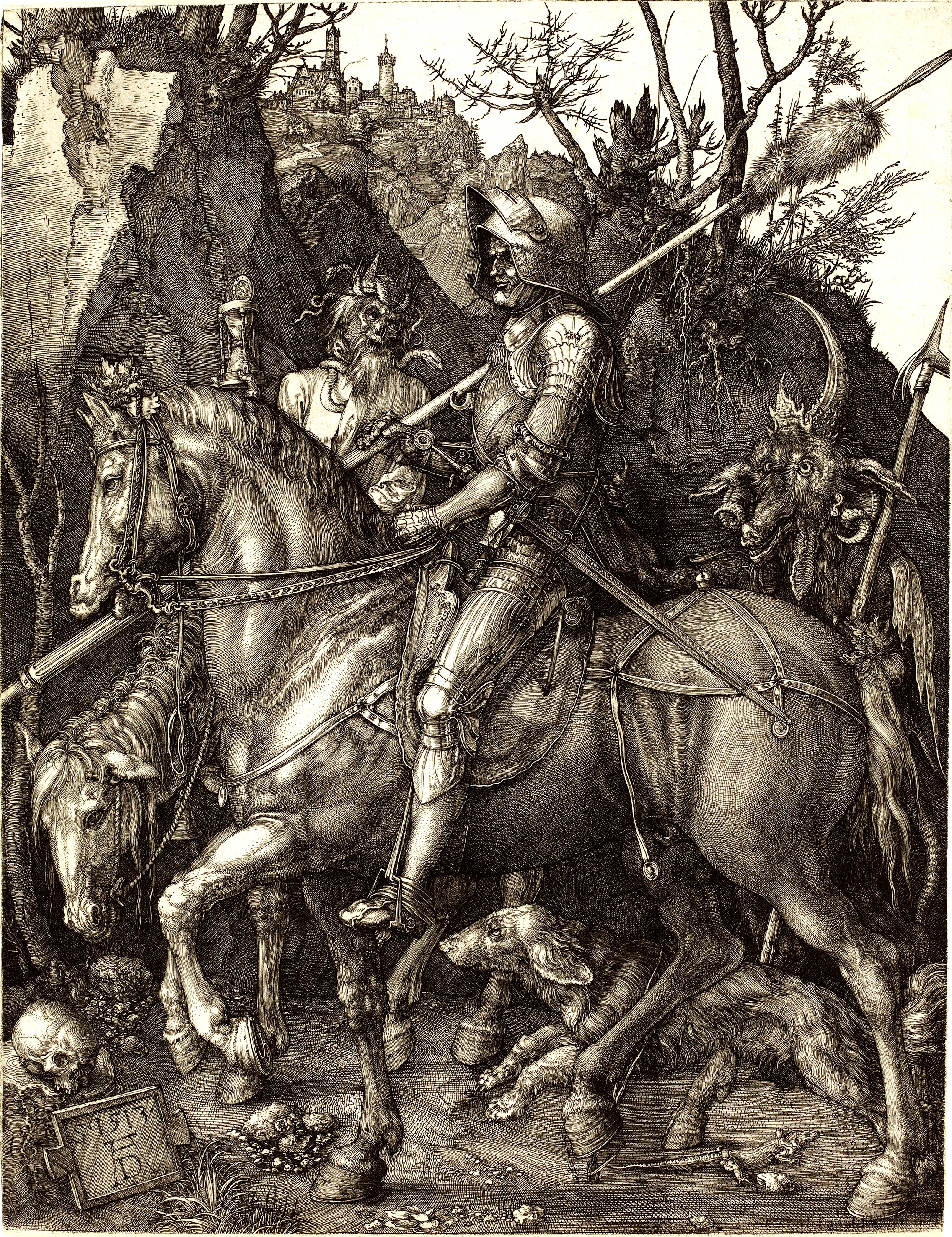Zwelethu Mthethwa, Untitled, Goldmine Series, 2005
Zwelethu Mthethwa (b.1960) is one of South Africa's most celebrated photographers. Mthethwa described South Africa as "a nation in transition," and many of his photographs show that. He takes his subjects from many walks of life, from landscapes to domestic scenes. Here we see a miner in his workplace. The first thing that strikes me about this photograph is how vivid and colorful it is. We can
see the beige of the miner’s coveralls, as well as the variegated dirt
scattered on them, the blue and green of his belt, and the yellow of his
helmet, as well as the bright orange of the machinery. This is also a very large photograph (55"x70") so the impact in person would be quite powerful. The
miner stands front and center in the picture space in a commanding pose, with a large machine behind
him and a large hook next to him, thoroughly in charge of his surroundings,
even guarding them; the background is filled with various equipment as the room
recedes behind him. While Mthethwa’s
miner is alone in the picture, these elements signal his situation and
conditions and we can grasp the arena he is a part of.
.jpg)




